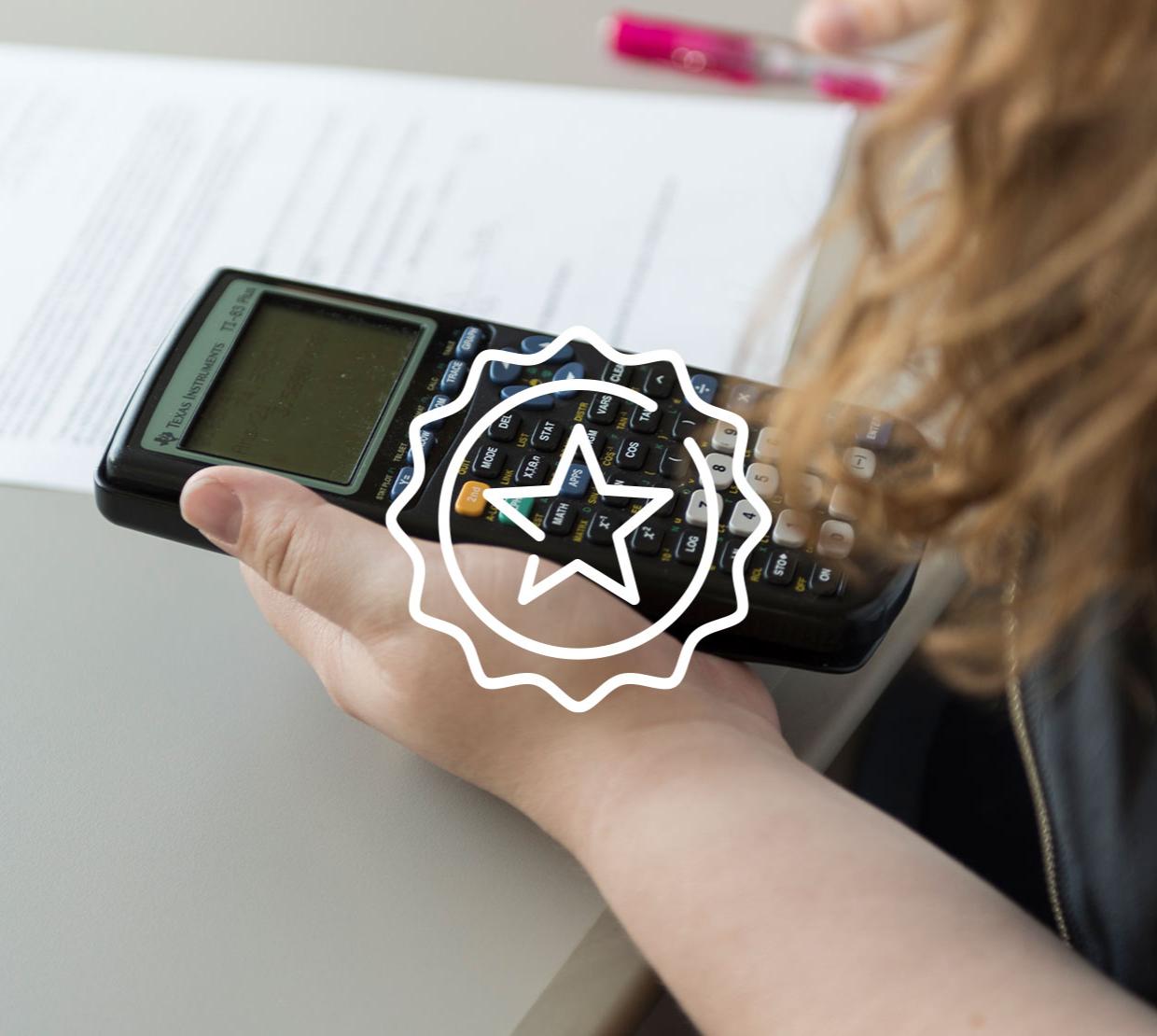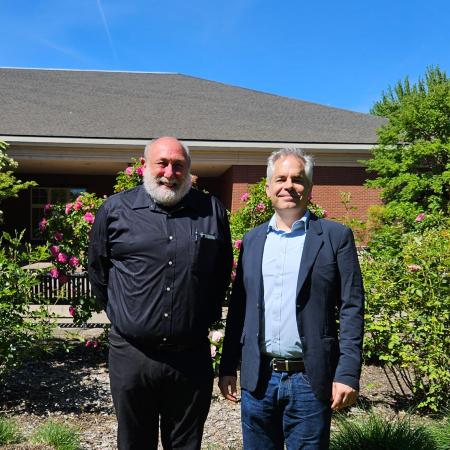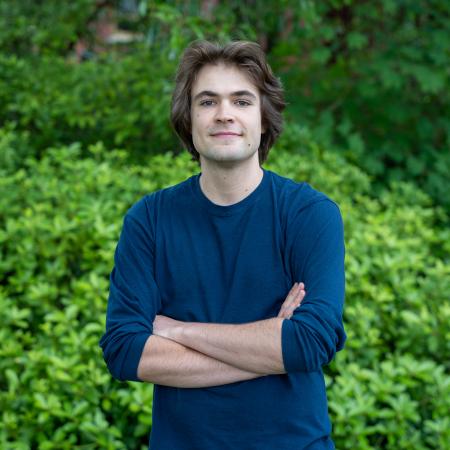Founded in 1989, Corvallis's wildly popular community festival, Da Vinci Days, packed plenty of entertainment, learning and pageantry to engage people of all ages. Da Vinci Days 2018 featured a series of five of Science, Technology, Engineering, arts and Mathematics (STEAM) talks as well as arts and science exhibits, great music and the Graand Kinetic Road Race on July 21.
The STEAM lectures encompassing engineering, science and arts were held throughout the month of May at several venues in Corvallis. Mathematics Ph.D. student Sarah Hagen was one of the featured speakers. Her talk on "Ancient Greek Astronomy" described the tools used by the ancient Greeks for astronomical calculations. Hagen led the crowd on a journey of discovery that revealed how the ancient Greeks were able to measure the size and distance to both the moon and sun with surprising accuracy and how, in the present day, we could make such measurements ourselves.
On Saturday, July 21, members of the mathematics department contributed to the da Vinci Days festival at the Benton County Fairgrounds by hosting a booth where visitors could participate in a daylong crowd-sourced effort to approximate the value of pi via discrete trials of the Buffon Needle problem.
Nearly 4000 needles (toothpicks, really) were dropped by more than 150 participants. With parents, siblings, and friends egging them on, the event engaged many more than that. There were toothpick droppers of all ages, and judging from audience reaction it was truly math made cool (to quote one parent).
The final tally: Of 3890 toothpicks dropped, 2389 came to rest touching one in a grid of parallel lines spaced one toothpick-length apart. Can you calculate the resulting approximation of pi?
Better yet, Saturday’s experience suggests that this is a very interesting conversation starter with non-mathematicians!
Hats off to mathematics faculty and graduate students Sarah Hagen, Dan Rockwell, David Pengelley, Naveen Somasunderam, and Dionysus Birnbaum for making it happen on the day, and to Mary Beisiegel and Branwen Purdy for assistance with planning of this and related outreach efforts




